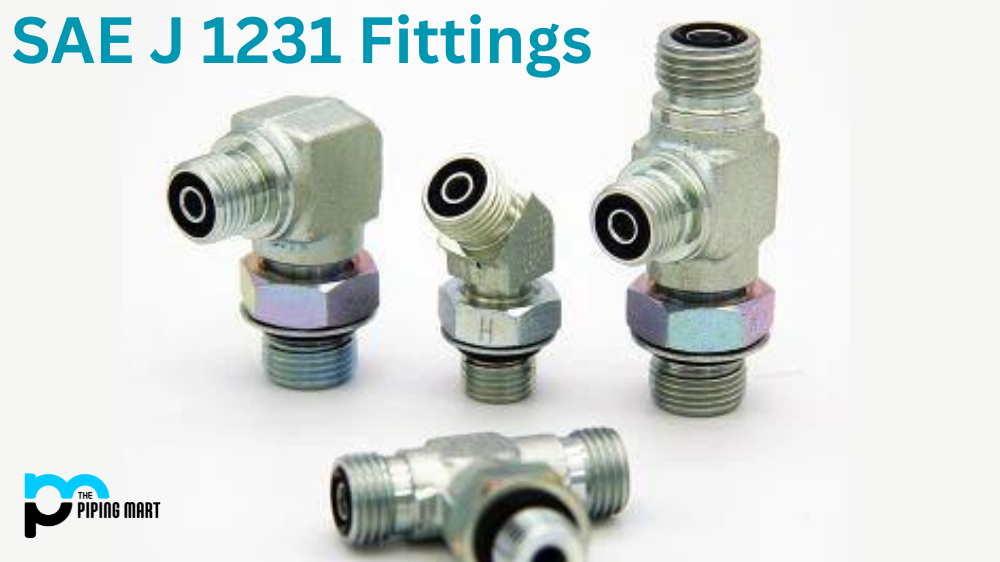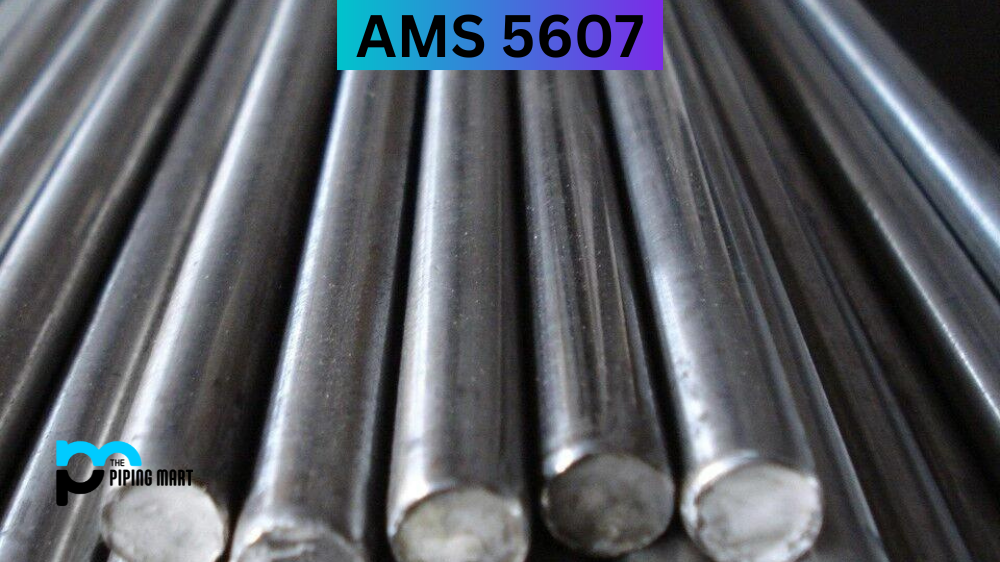This post will discuss everything you need about SAE J 1231 fittings, including their composition, mechanical and physical properties, uses, corrosion resistance, heat treatment, machining, and welding.
What is SAE J1231 Fittings?
SAE J 1231 are brass or steel tube fittings designed for automotive and industrial applications. These fittings are widely used in hydraulic, fuel, and air conditioning systems due to their compatibility with various fluids and gases.
SAE J1231 Composition
SAE J 1231 fittings are made of brass or steel, making them highly durable and corrosion-resistant. Brass fittings are available in yellow brass (60% copper and 40% zinc) and red brass (85% copper, 5% zinc, and 5% lead). On the other hand, steel fittings are made of carbon, manganese, and other alloying elements, making them stronger and more resistant to wear and tear.
SAE J1231 Mechanical Properties
The mechanical properties of SAE J 1231 fittings depend on the composition and manufacturing process. Brass fittings have good tensile and yield strength, making them suitable for low-pressure applications. On the other hand, steel fittings have higher tensile and yield strength, making them ideal for high-pressure applications. Both types of fittings have excellent hardness and ductility, which allows them to withstand deformation and stress.
SAE J1231 Physical Properties
SAE J 1231 fittings have excellent thermal conductivity and electrical properties, which make them ideal for applications that require heat transfer or electrical conduction. They also have good machinability, which allows them to be easily shaped and formed into different sizes and shapes. Brass fittings are non-magnetic and have high corrosion resistance, while steel fittings are magnetic and have lower corrosion resistance.
SAE J1231 Uses
SAE J 1231 fittings are widely used in automotive and industrial applications, including hydraulic, fuel, air conditioning, and refrigeration systems. They are also used in plumbing and gas systems, as well as in machine tools and equipment. The compatibility of these fittings with a wide range of fluids and gases makes them highly versatile and suitable for a wide range of applications.
SAE J1231 Corrosion Resistance
SAE J 1231 fittings are designed to resist corrosion, ensuring longevity and durability. Brass fittings have high corrosion resistance, especially in environments with low acidity levels. On the other hand, steel fittings are prone to corrosion in the presence of moisture and acidity. To improve the corrosion resistance of steel fittings, they can be coated with a layer of zinc or other corrosion-resistant materials.
SAE J1231 Heat Treatment
SAE J 1231 fittings can be heat-treated to improve their mechanical and physical properties. Heat treatment involves heating the fittings to a specific temperature and cooling them down rapidly or slowly. This process can improve the fittings’ hardness, ductility, and tensile strength, making them more suitable for high-pressure applications.
SAE J1231 Machining
SAE J 1231 fittings can be machined using various techniques, including drilling, turning, milling, and threading. Brass fittings are more accessible to machines than steel and can be machined using standard machining techniques. Steel fittings, on the other hand, require specialized cutting tools and practices due to their hardness and strength.
SAE J1231 Welding
SAE J 1231 fittings can be welded using various techniques, including gas-tungsten arc welding (GTAW), gas-metal arc welding (GMAW), and resistance welding. Welding is often used to join two fittings or repair a damaged fitting. Brass fittings are more accessible to weld than steel, with lower melting points and better thermal conductivity.
Conclusion
SAE J 1231 fittings are essential to automotive and industrial applications, providing durability, versatility, and corrosion resistance. Understanding the composition, mechanical and physical properties, uses, corrosion resistance, heat treatment, machining, and welding of these fittings is essential for selecting the correct type of fitting for a specific application. By following the guidelines for selecting and using SAE J 1231 fittings, one can ensure they perform optimally and last long.

Abhishek is a seasoned blogger and industry expert, sharing his insights and knowledge on various topics. With his research, Abhishek offers valuable insights and tips for professionals and enthusiasts. Follow him for expert advice on the latest trends and developments in the metal industry.




